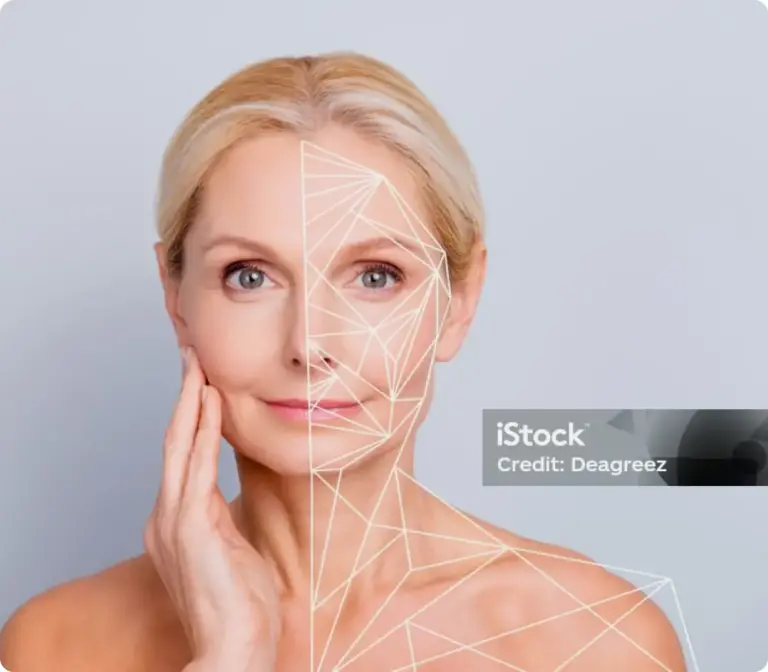Laser hair removal is a popular option for people who want a more permanent solution for facial hair, body hair, and ingrown hair. This method uses laser energy to prevent a person’s hair follicles from growing new hairs.

During the treatment, a laser emits bright flashes of light onto the patient’s skin via a handheld device. The light is absorbed by the pigment (melanin) in the hair, destroying hair follicles in the active growing phase and permanently preventing future growth. Surrounding skin is left unharmed.
Laser hair removal typically requires multiple sessions to achieve optimal results. That’s because hair grows in cycles, and the laser can only target actively growing hairs during the treatment.
Who is a good candidate?
*However, advancements have made treating a wider range of skin tones possible.
Any new procedure is less daunting when you know what to expect. Learn more below.
1. Preparation: The treatment area will be cleaned and should be pre-shaven before the procedure. Some clinics may ask you to avoid sun exposure or certain hair removal methods prior to the session.
2. Eye protection: Both the patient and the technician will wear protective eyewear to shield their eyes from the laser light.
3. Laser application: The technician will use a handheld device to deliver short pulses of laser light to the treatment areas. You may feel a slight sensation of heat or a rubber band snapping against your skin.
4. Cooling: Many laser systems have built-in cooling mechanisms or use cooling gels to minimize discomfort and protect the surrounding skin.
5. Post-treatment care: After the procedure, you may experience some redness or mild swelling, which typically subsides within a few hours. The technician may recommend applying soothing creams or ice packs to alleviate any discomfort.
Results from laser hair removal vary depending on factors such as hair type, color, and treatment area. Generally, you can expect to see a gradual reduction in hair growth over multiple sessions.
Initial results may be visible after the first few treatments, but it usually takes several sessions to achieve significant and long-lasting results. Typically, treatments are spaced four to six weeks apart to target hair follicles in different growth cycles.
Individual results may vary, and some people may require maintenance sessions to sustain the desired level of hair reduction. It’s best to consult with a qualified professional to determine the expected timeline and results based on your specific needs.
For individuals with skin types I-III, suitable laser options include ruby lasers, Intense Pulsed Light (IPL), alexandrite lasers, and newer diode lasers. However, individuals with darker skin types are advised to consider the Nd: YAG laser as a more effective and safer alternative. Some newer alexandrite lasers and diode lasers may also be suitable for darker skin types, with minimal side effects. In contrast, the use of a ruby laser or IPL laser on darker skin types may result in dyspigmentation and discomfort during treatment. Additionally, the number of treatment sessions required varies for different skin types, with up to ten sessions recommended for skin types IV, V, and VI, while lighter skin types may only require 4-6 sessions.
$250 – $1,500 per session. Price varies widely by area and number of sessions. This service is frequently sold in packages.